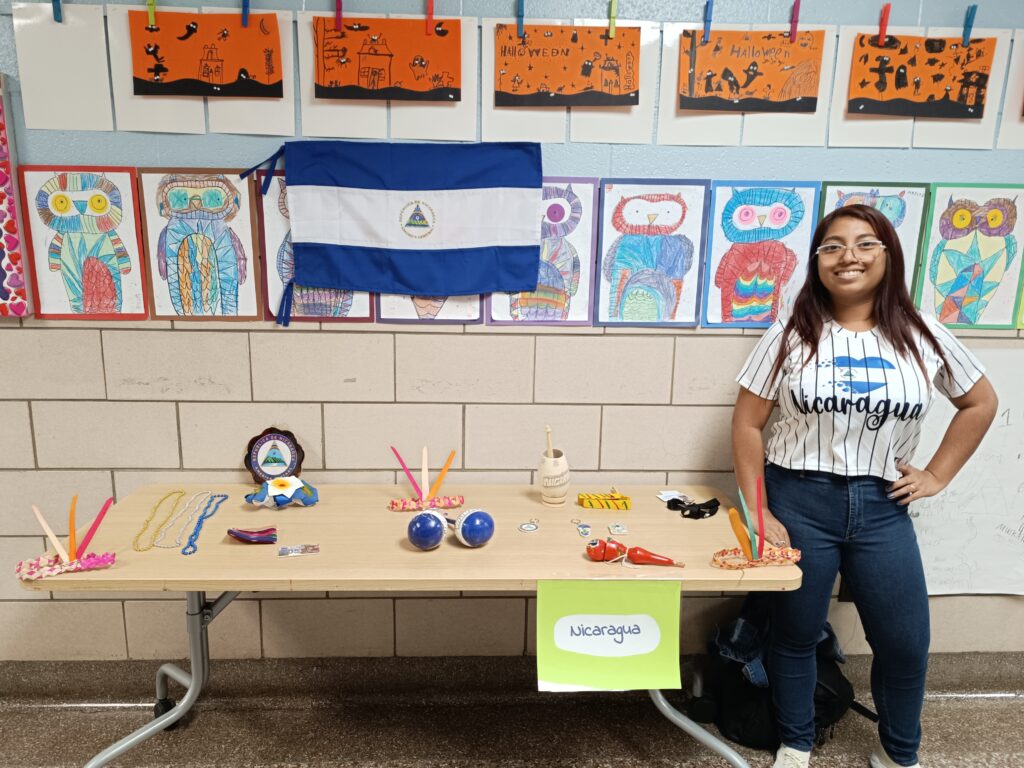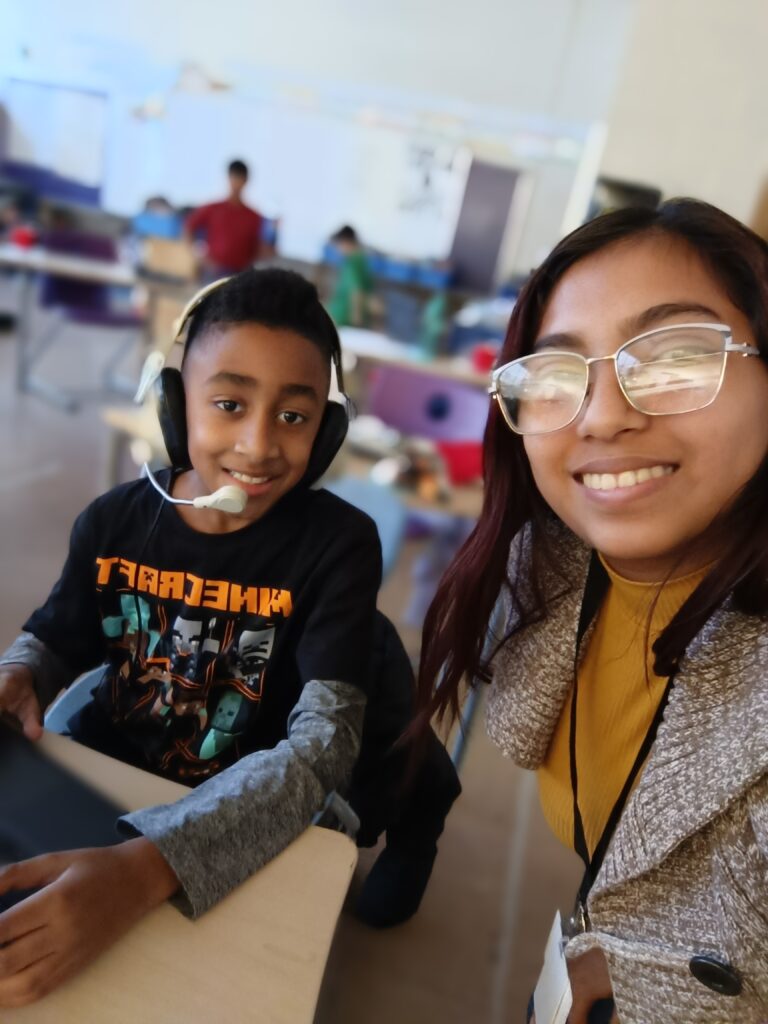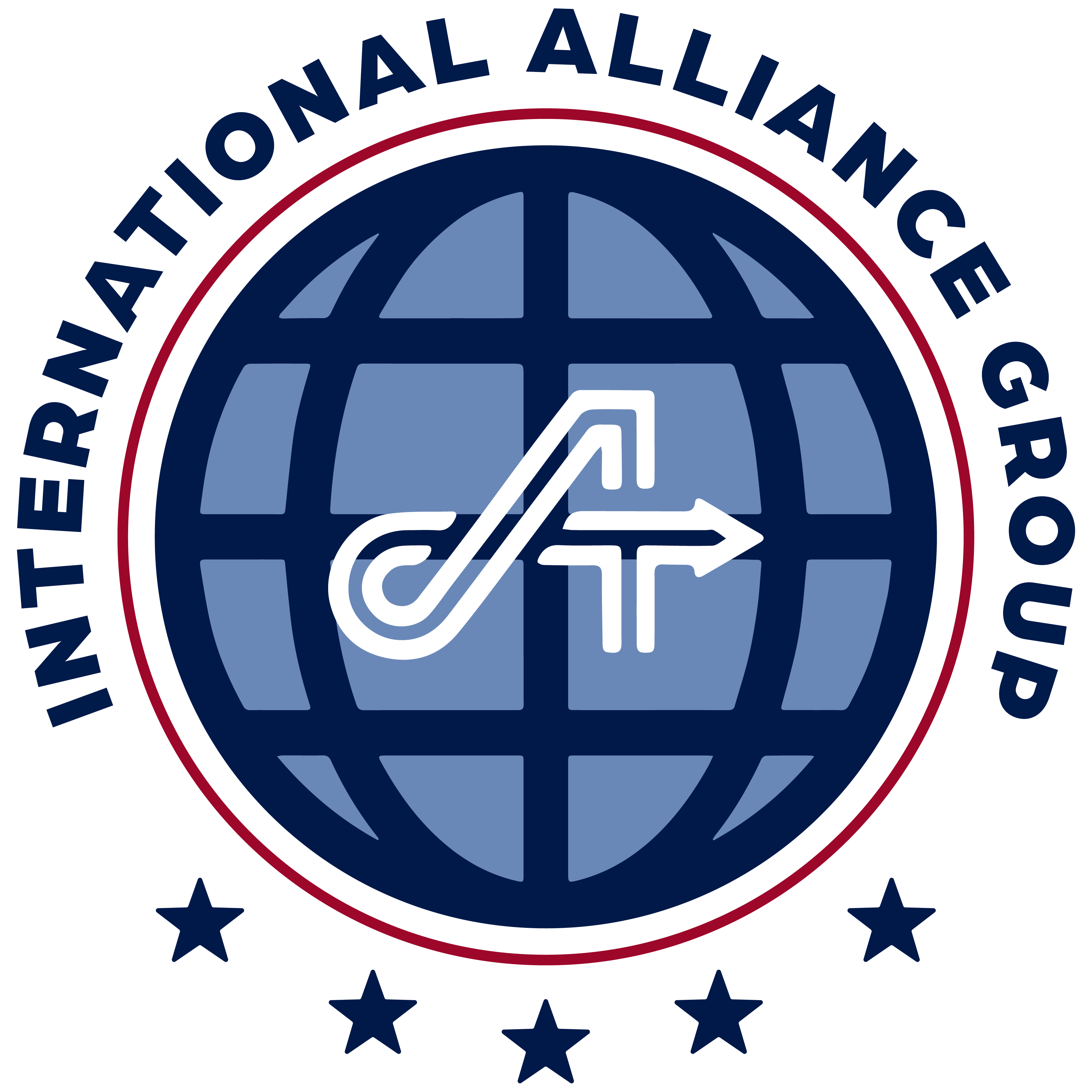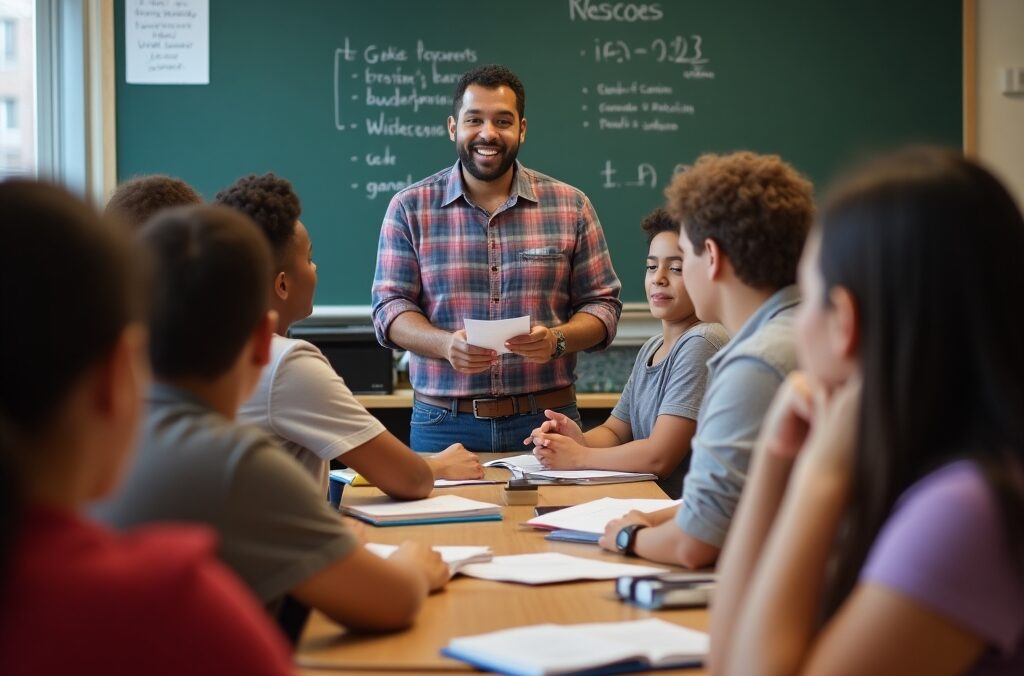The rich tapestry of U.S. classrooms is increasingly woven with the threads of diverse international experiences. International teachers bring not only vital skills and expertise but also unique cultural perspectives that enrich the educational landscape. Today, we share the inspiring story of Karolina Bonilla, a dedicated educator from Managua, Nicaragua, who found her calling in Lansing, Michigan, through International Alliance Group (IAG). Her journey highlights the profound impact that international teachers have on U.S. schools and the invaluable role IAG plays in facilitating these life-changing experiences.

Karolina’s Story
Karolina Bonilla, a passionate 4th-grade teacher, embarked on a remarkable adventure when she joined the Spanish Immersion Program at Lewton School in Lansing, Michigan. Driven by a desire for new challenges and a thirst to immerse herself in a different culture, Karolina sought to expand her horizons beyond her native Managua, Nicaragua.
“I wanted to teach in the USA to have new challenges and to learn a new culture,” Karolina shares. “My IAG experience has been great; I wouldn’t have had this opportunity without them.”
Karolina’s experience underscores the transformative power of international exchange in education. She not only brings her pedagogical expertise to her students but also serves as a cultural bridge, fostering understanding and appreciation for diversity within her classroom and the broader school community. Her ability to connect with students through a Spanish Immersion program shows the importance of bilingual teachers in todays classrooms.
From navigating the complexities of visa processes to providing ongoing support and guidance, IAG ensured a smooth transition for Karolina, allowing her to focus on what she does best: teaching.

The Impact of International Teachers
Karolina’s story is a testament to the significant contributions international teachers make in U.S. schools. They:
- Enrich Cultural Understanding: International teachers bring diverse perspectives that broaden students’ horizons and promote global awareness.
- Address Teacher Shortages: They fill critical vacancies, particularly in high-demand subjects and bilingual education programs.
- Enhance Language Proficiency: Bilingual teachers provide essential support for English Language Learners and strengthen language programs.
- Foster Global Competence: They prepare students to thrive in an increasingly interconnected world.
By facilitating these exchanges, IAG not only addresses critical staffing needs but also enriches the educational experience for students and communities across the nation. Karolina’s story is a reminder of the profound impact that dedicated educators can have, transcending borders and building bridges of understanding.
If you’re an international teacher seeking new challenges or a school district looking to enrich your classrooms, International Alliance Group can help you realize your goals. Are you an international teacher ready to embark on a life-changing journey? Or a school district looking to enrich your classrooms with global talent? Contact us today to learn more.
Form for School Districts here.
This blog was written by Global Workforce Development, powered by IAG, an organization dedicated to creating international job opportunities for professionals.


